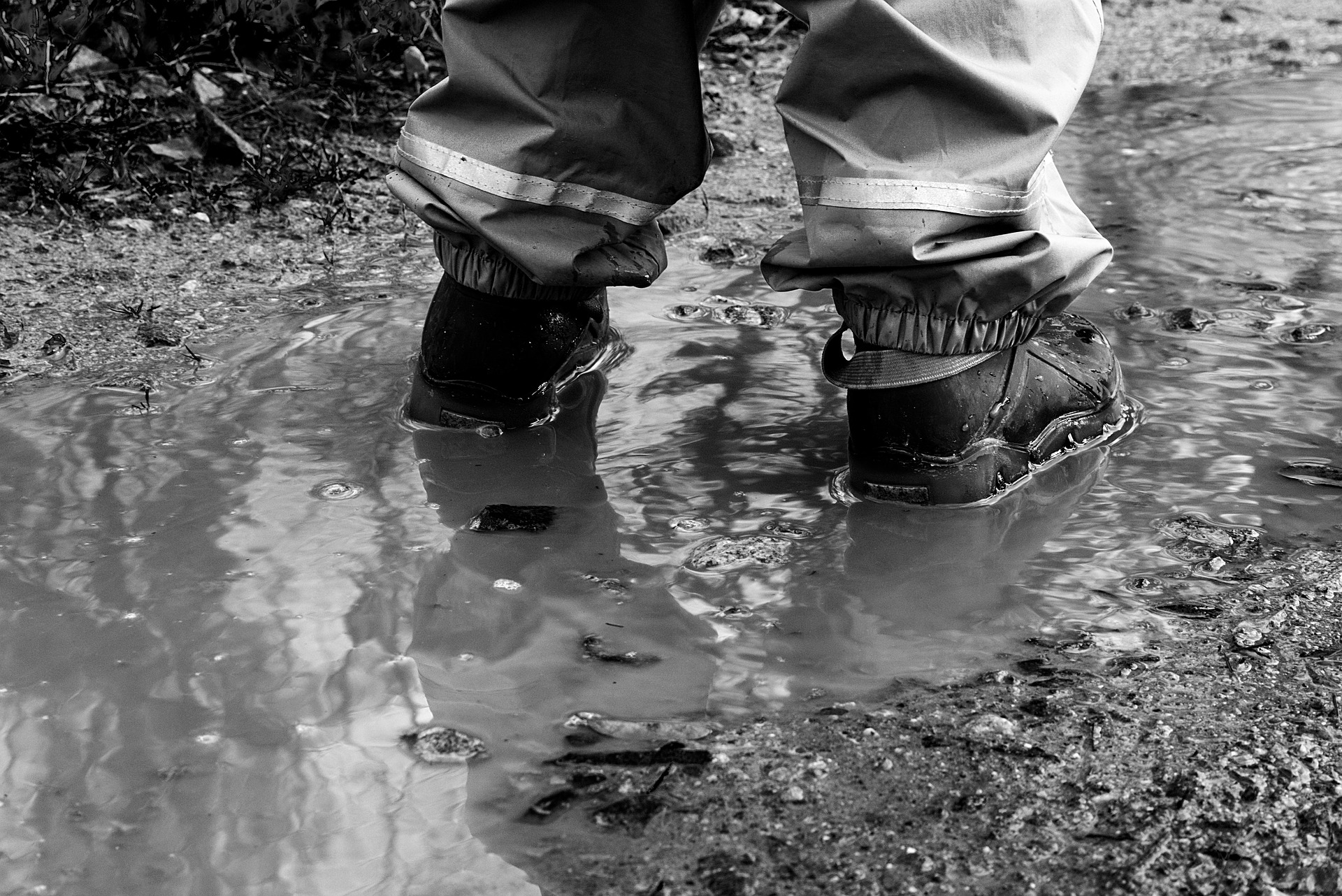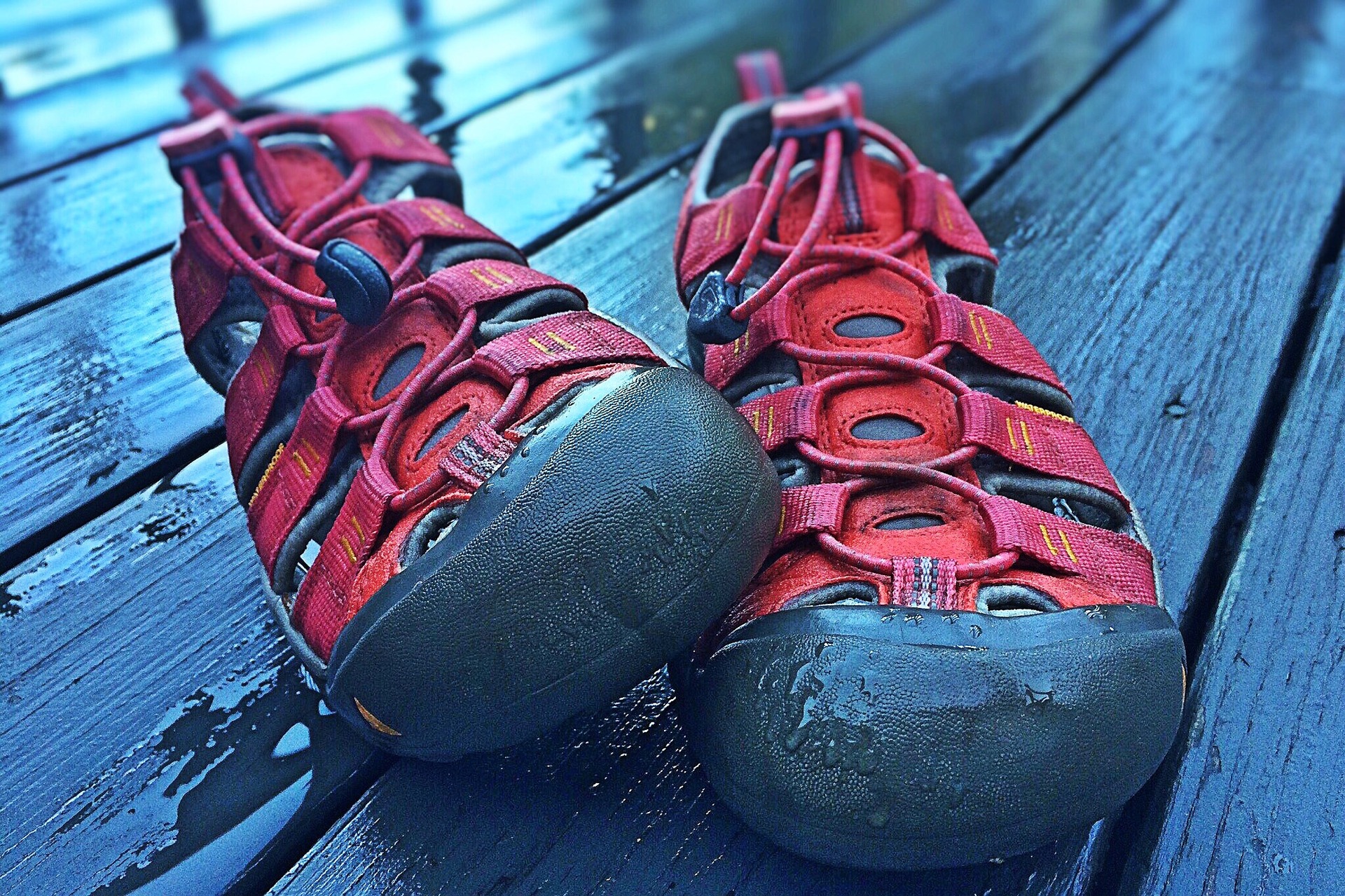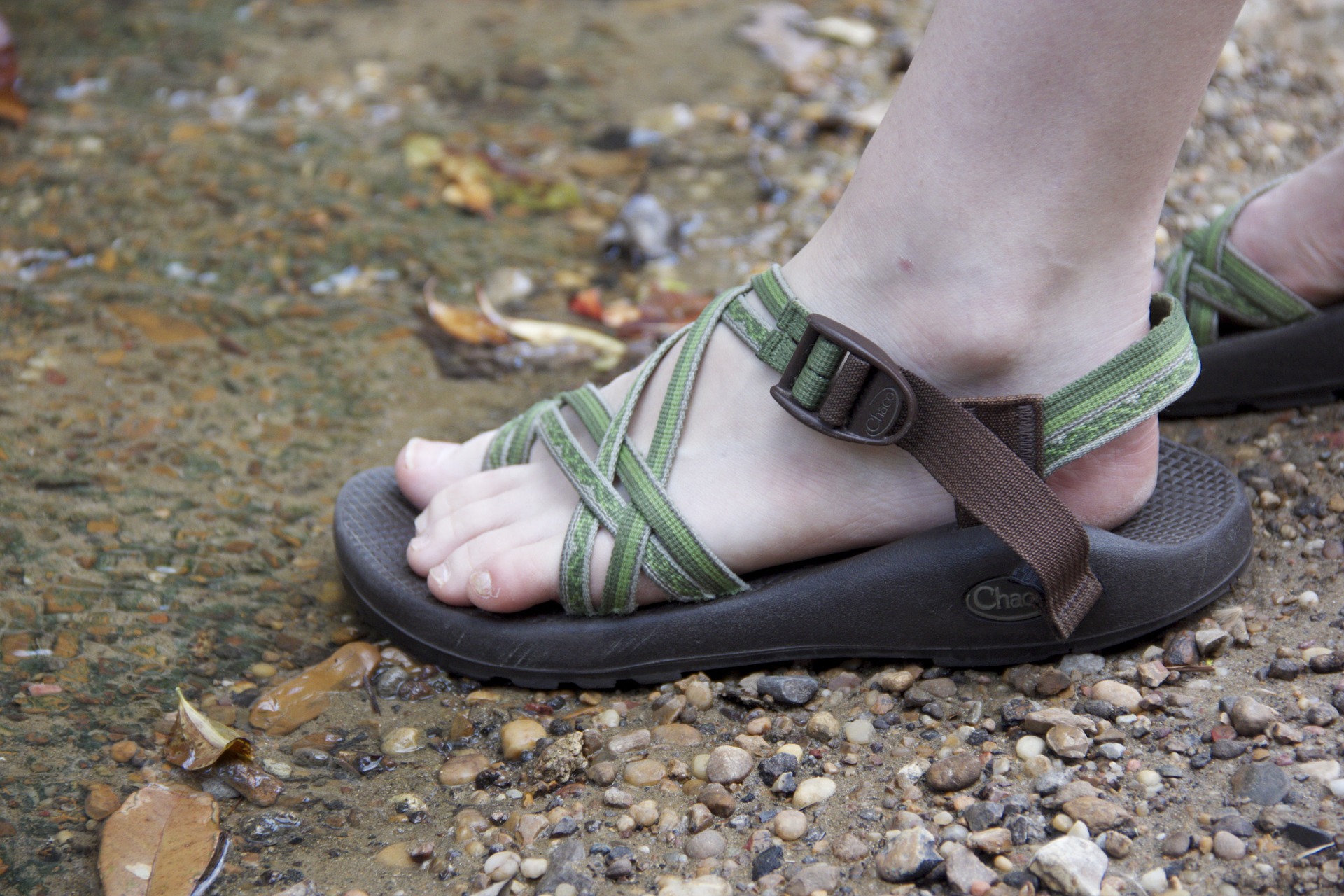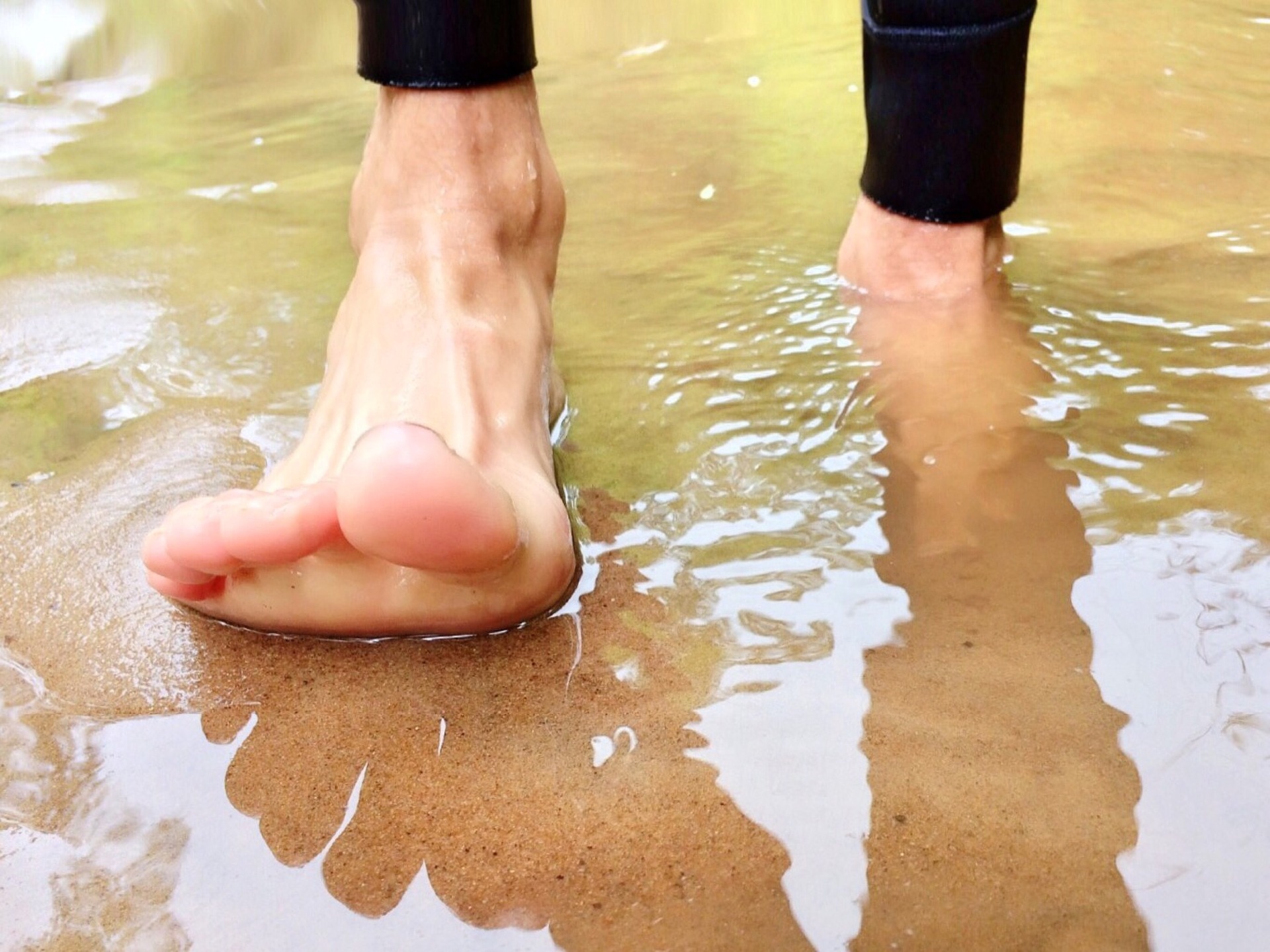Picture via Pixabay.
It's hot outside, even up in the mountains. The last thing you want to do is layer up in more clothes. If you're willing to brave the initial shock of cold water, then wet wading can be a great way to experience fly fishing on a whole new level. If you are prone to "cold legs" then please feel free to gear up. But if you are feeling the heat, here are some tips for going wader-less this summer.
WHAT TO WEAR?
Bottoms
Depending on how comfortable you are, there are lots of options to choose from. As a woman, I prefer running shorts (quick dry) or Capri yoga pants. I suggest picking your pant length based on the area you will be going and how much exposure you're okay with. For example, if you know you will be hiking through brush, trees, and rocks, longer pants would be the way to go.
A good rule of thumb is to avoid jeans when wading. Seriously, the joke that you can tell who is a Colorado tourist because they wear jeans in the snow also applies to the water as well. Natural fiber (cotton, wool, etc.) will weigh you down when wet as well as take forever to dry. You might as well go in your underwear at that point. Shorts work great (unless you burn quickly) and usually any kind of activewear that says "quick dry" or "water wicking" is your best bet. Most outdoor stores sell this type of gear and right now I bet those end of summer sales can get you a great steal. Basically, the purpose of wet wading is to get wet, which may include the clothes you're wearing.
Shoes





This is the most important item you need to be safe out there. Rocks are slippery, currents can be fast, and waterlogged shoes suck. There are so many options for this as you can wear your wading boots, sandals, closed-toe sandals, water shoes, or quick dry sneakers. Below is a list of options that you can opt for. Keep in mind, the most important part is the sole and if it can grip the slippery rocks/surface below, besides that, it's up to you! You can always add on on some grips later on such as spikes. There is some information about certain types of wading shoes transferring invasive species through your soles, laces, or other gear. Your best bet is to always wash your gear off before heading into a new watershed. If you really want to guarantee you're not moving the invasives, you can put your shoes in the freezer overnight. This is a common practice for all those who wade in multiple locations. You can read more about it in the link below.
Some ideas for wet wading footwear:
- Wading Boots & Neoprene socks
- Well-fitting strap sandals with a good rubber sole (i.e. Chacos, Teva's)
- Closed toe water shoes - cross between boot and sandal - great to protect against stubbing toes
- Quick Dry Sneakers - these usually have a foam, lightweight sole, so not the best of preventing rock slippage
- Barefoot - recommended only for sandy stretches only, not fun in rocky areas
Tops
If you are planning on wading in past your hips, the same thing applies to your top as it does to the bottoms. Cotton is not the way to go. Choose active/outdoor wear that will dry quickly and allow you to move freely.
Picture via Pixabay.
Tips & Safety
Just because you do not have waders on, doesn't mean that wading safety does not apply.
Check out Trouts 7 Safety tips for Wading
Some notable things to consider for wet wading:
- Use a wading staff/stick to help with high flows, strong currents, and slippery surfaces
- Keep your stance sideways and avoid facing up or downriver
- When crossing across a river, consider going at an angle - it's easier and safer
- Lead with your downriver foot to keep yourself upright
Keep in mind that warmer weather also means warmer water! If it feels unseasonably warm and you are seeing the water temperatures are reaching above 65 degrees Fahrenheit, then it's time to give the fish a break or plan on getting out there earlier and leaving before the afternoon. Check out our handy water thermometer here to see when it's time to give fish a break.
Interested in learning more about wading tips and tricks? Check out these great resources below:




